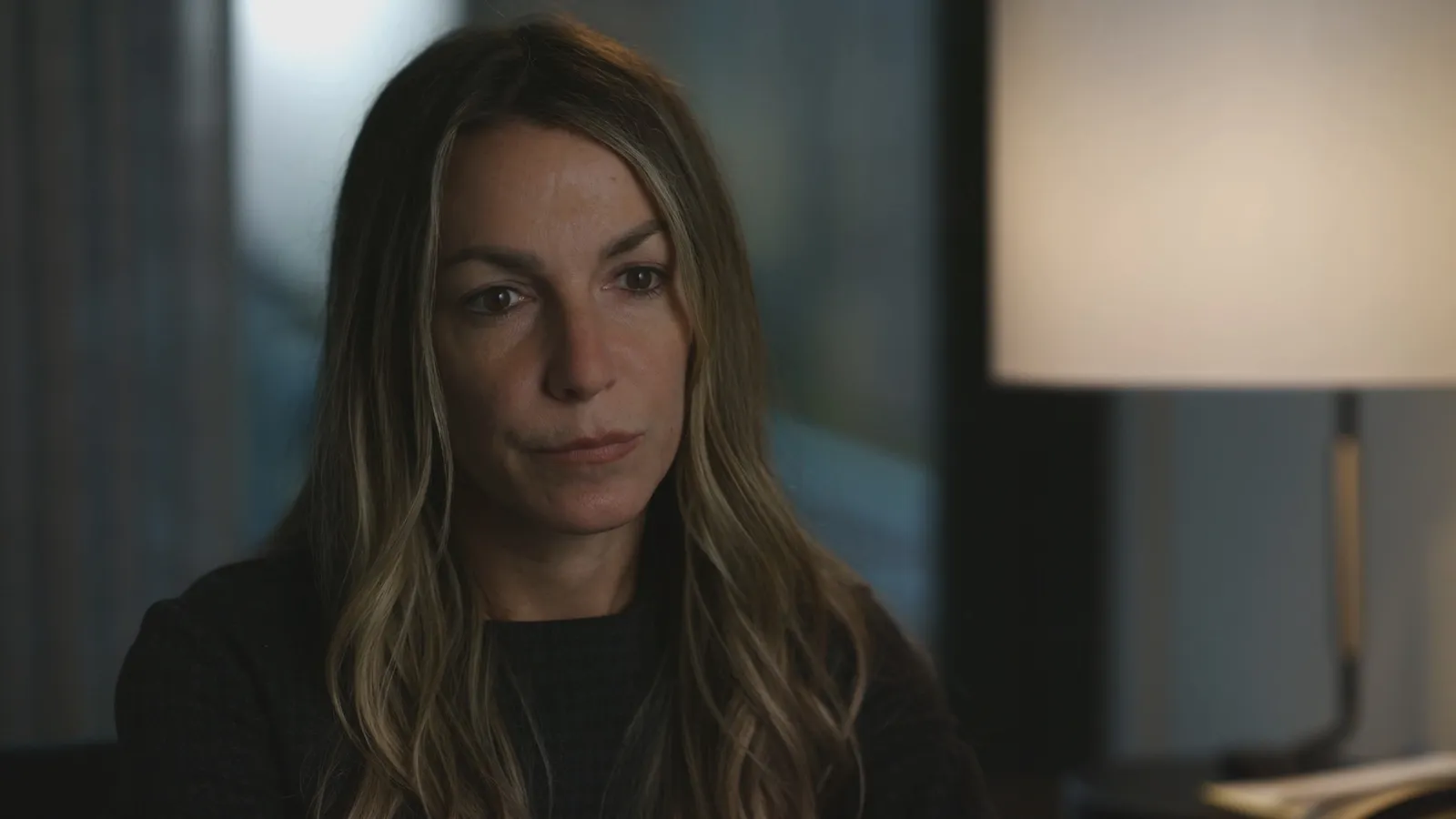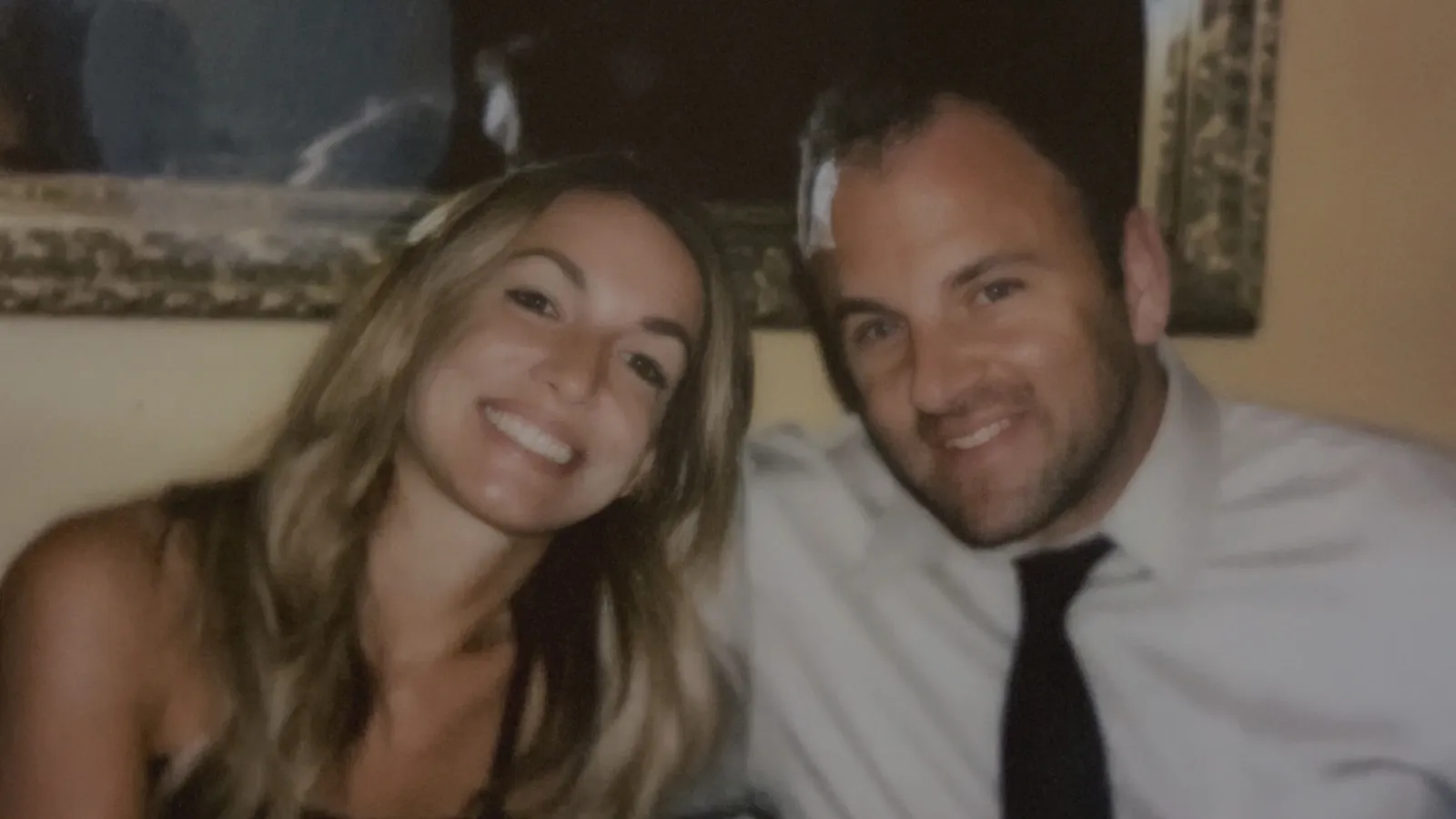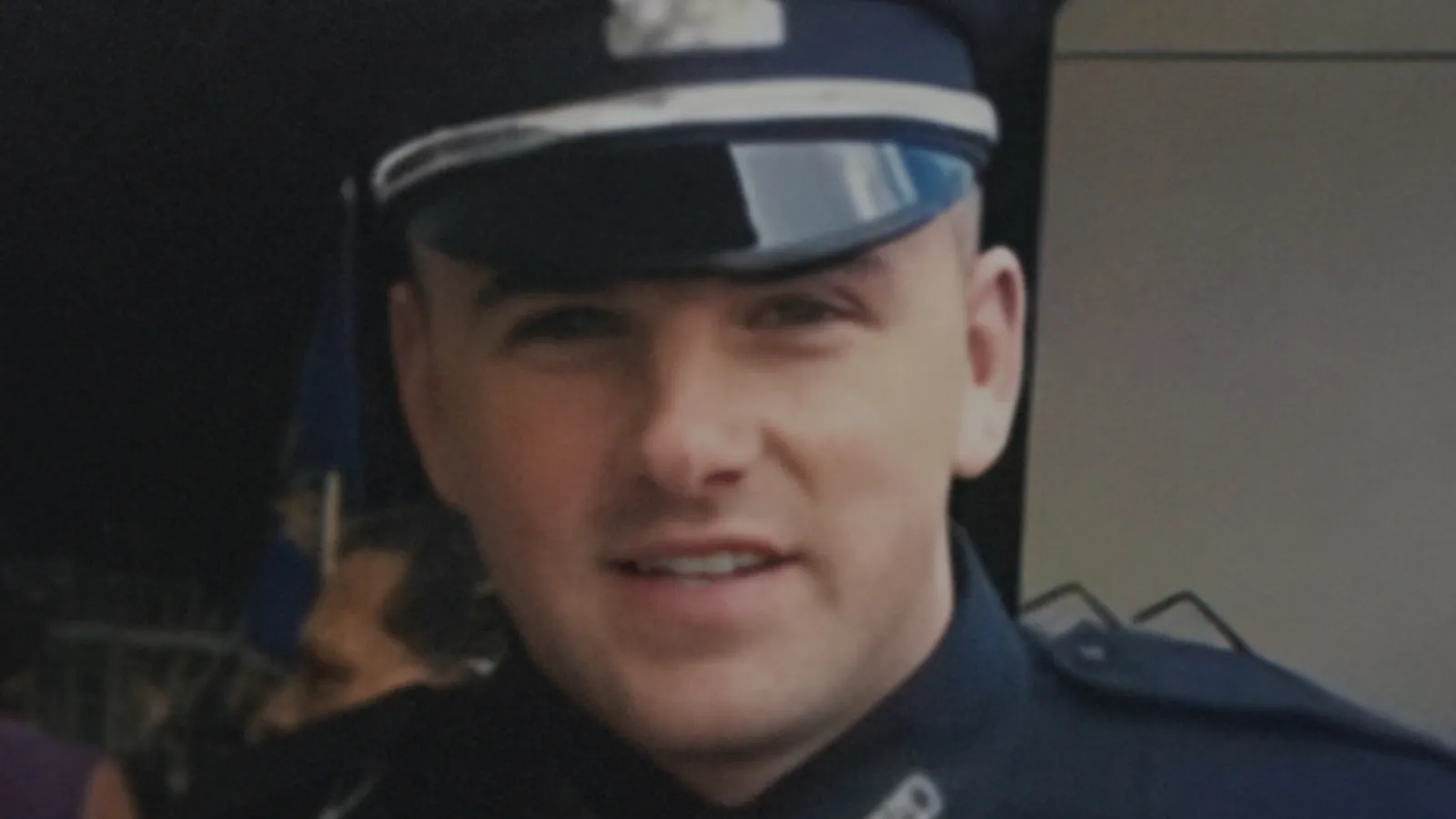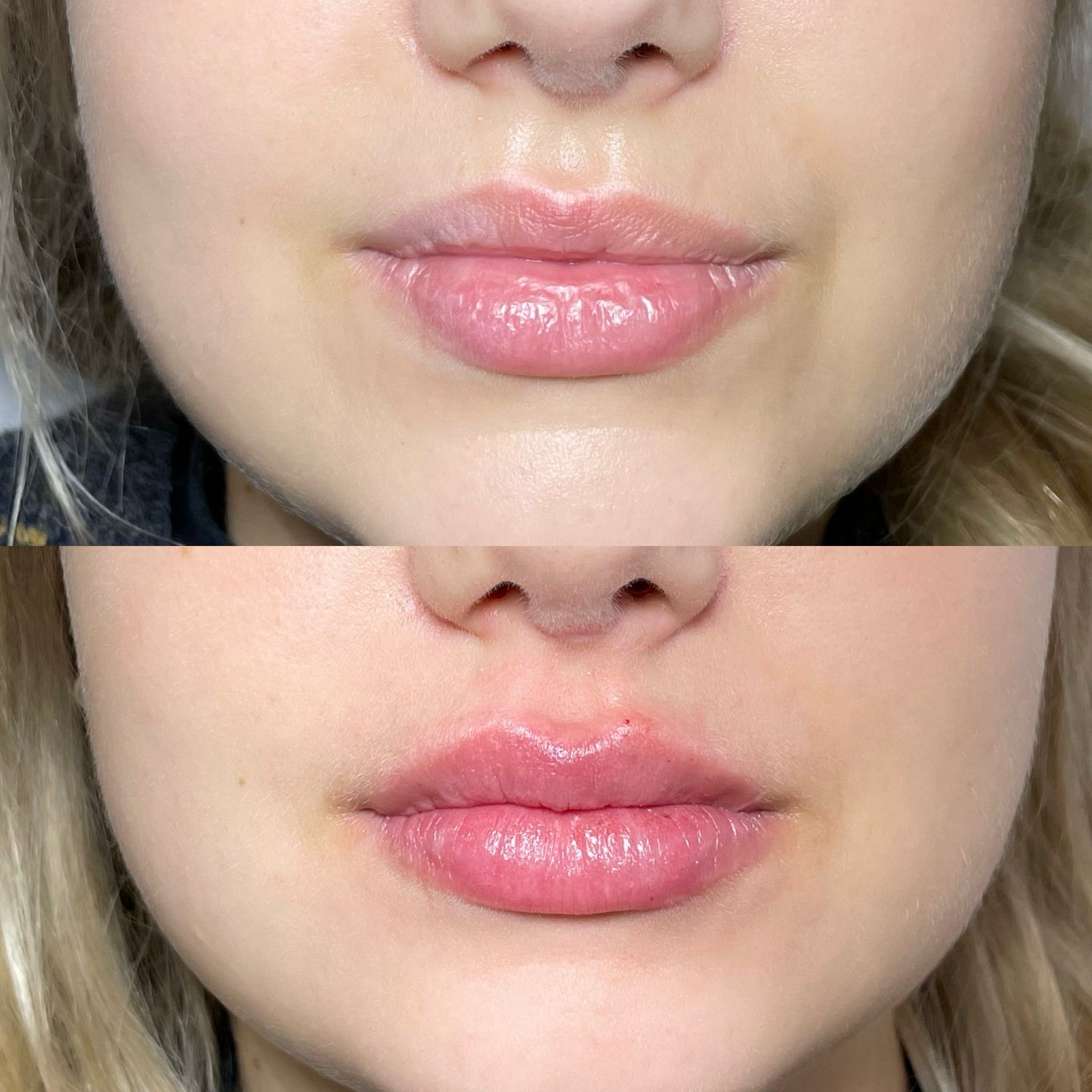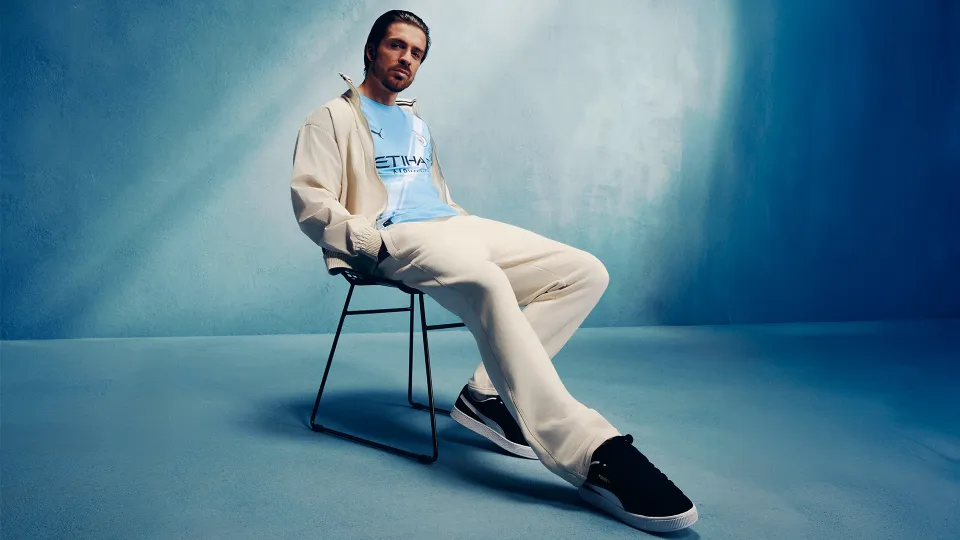In a case that has captivated Massachusetts and gripped national headlines, Karen Read’s second-degree murder trial ended in a mistrial—despite her unprecedented decision to allow cameras to document her first courtroom battle. Her story, now immortalized in the documentary A Body in the Snow: The Trial of Karen Read, has become a lightning rod for debate, spawning conspiracy theories, fan communities, and even international intrigue. But how did this all begin, and where does it go from here?
The Night Everything Changed
15 Words That Shaped a Murder Mystery
It began in the early hours of January 29, 2022. Karen Read’s boyfriend, Boston police officer John O’Keefe, was found unresponsive in a snowbank outside a Canton, Massachusetts home. The house belonged to retired officer Brian Albert. What Read said next may haunt her forever:
“Did I hit him, could I have hit him?”
Just as chilling were six words allegedly typed into a Google search by Jennifer McCabe, a friend of the couple:
“Hos [sic] long to die in cold.”
The timing of that search is disputed. McCabe claims she typed it after O’Keefe’s body was found—at Read’s request. But Read’s defense team argues the search was made hours earlier, implying foreknowledge of his death and bolstering their central claim: that Karen Read is being framed.
The Accusation and the Conspiracy
Karen Read’s Murder Charge
Just four months after that snowy night, Read was charged with second-degree murder. Prosecutors claimed she intentionally reversed her SUV into O’Keefe, leaving him to die in a blizzard. The defense painted a very different picture: O’Keefe was beaten inside the house at 34 Fairview Road, then left outside in the cold—framed by a tight-knit circle of local law enforcement.
A Defense Rooted in Corruption Allegations
Read’s legal team accused the investigation of being riddled with bias, incompetence, and even cover-up. Chief among their concerns was Massachusetts State Police Trooper Michael Proctor, the case’s lead investigator, who was later fired after damning internal texts came to light. Just 16 hours into his investigation, he texted that Read was a “whack job c-nt.” Other messages revealed he was more interested in gossip than forensic facts.
Proctor’s suspension and eventual dismissal undermined the credibility of the investigation. Still, he insisted his texts had no bearing on the actual evidence—a claim that has done little to sway Read’s growing legion of supporters.
A Documentary in Real Time
The Unprecedented Access
As Read prepared to fight for her freedom, she made a bold decision: she granted behind-the-scenes access to Terry Dunn Meurer, the co-creator of Unsolved Mysteries. Meurer’s resulting docuseries, A Body in the Snow, was greenlit by Read and her defense team, including high-profile attorneys like David Yannetti, Alan Jackson, and Elizabeth Little.
Meurer likened the experience to something out of The Staircase, the iconic true-crime series about novelist Michael Peterson. “Karen said, ‘I don’t want to be, but I am a Staircase case,’” Meurer recalled. The team even worked at breakneck speed, going from a single Zoom call to filming in Boston just weeks later.
“The Strangest Sleepover Ever”
Journalist Julie Miller from Vanity Fair also spent three days with Read, who’d sold her house to help fund her legal battle. “There’s nothing we’re afraid of,” Read told Miller. “Any question you have, I have answers for.” She seemed confident that full transparency would help clear her name.
Balancing the Narrative
Capturing Both Sides
Despite her access to Read, Meurer said her team remained committed to neutrality. “We have to tell both sides of the story,” she explained. Read, to her credit, provided lists of both allies and opponents for interviews. However, not all parties participated.
Notably absent were members of the O’Keefe family, who had an exclusive agreement with another production company—reportedly for a Netflix project. In a statement, the O’Keefes said they believe Read is responsible for John’s death, and criticized her for allegedly “embracing her celebrity.”
The “Pinks” and Public Perception
One of the most striking features of the trial was the visible support Read received from her followers, often dubbed “the Pinks” for their signature color. They attended nearly every day of the nine-week trial, with some flying in from overseas. Their presence underscored how the case had morphed into a cultural phenomenon.
The Trial and the Mistrial
The Trial That Was Supposed to End It
The trial began with high expectations—particularly from Read’s camp. Meurer believed the defense team was confident of an acquittal. “I 100% believe that they thought there was going to be an acquittal in this case,” she said. That outcome would have cast the documentary as a redemption arc. Instead, the jury was unable to reach a verdict, resulting in a mistrial declared on July 1, 2024.
With a second trial looming, Meurer had to pivot. “We needed to make sure we were 100% as balanced as we could be,” she said. That meant cutting some footage of Read and shifting focus toward O’Keefe himself.
The Victim Lost in the Noise
Refocusing on John O’Keefe
According to Meurer, O’Keefe had gotten lost amid the noise and controversy. She sought out his friends after the mistrial to re-center the narrative. “They told me they just wanted to maintain a low profile,” she said. But the mistrial convinced them to speak out.
Meurer also included commentary from Joseph Krowski, a criminal defense attorney who had previously represented Colin Albert, nephew of Brian Albert—the homeowner where O’Keefe’s body was found. Krowski, labeled in the doc only as a defense attorney, was presented as a “voice of reason,” despite his ties to key players in the saga.
Behind the Lens: Building the Docuseries
270 Hours of Footage, 170 Hours of Archives
In the editing room, Meurer and her team had a mountain of material to process. “We had about 270 hours of footage, and 170 hours of archival content,” she said. Her editorial focus increasingly turned to O’Keefe, especially after the mistrial.
She made tough choices about what to include and what to cut. Read and her attorneys were not given the opportunity to preview the doc before its release on Max. As for Read’s response? Meurer says she’s only seen a vague blog comment from Read—nothing definitive.
The Second Trial and the Documentary’s Role
Will the Doc Become Evidence?
The second trial promises to differ in one key way: a new prosecutor is taking over and has expressed interest in introducing footage from A Body in the Snow into evidence. Meurer was surprised to hear this. “We’ve tried to be very neutral, very unbiased,” she said. Still, she acknowledges that potential jurors may have already seen the series or heard about it.
Can Impartiality Exist in the Internet Age?
Meurer fears the difficulty in finding unbiased jurors. “I think it’s going to be hard for them to find a jury that hasn’t heard about this, hasn’t seen news, hasn’t seen the documentary,” she noted. But ultimately, jurors must swear to impartiality—no matter what they’ve seen or heard.
What Comes Next?
The Civil Suit Waits in the Wings
Parallel to the criminal proceedings, the O’Keefe family has filed a wrongful death lawsuit against Read. However, a judge ruled she cannot be deposed until after the second trial concludes. That case could bring even more revelations, depending on what surfaces in discovery.
Read’s Legacy and the Stakes Ahead
Karen Read has stated, “Anyone in my position who’s being falsely accused would be shouting from the rooftops.” She claims no one has worked harder to uncover the truth about John O’Keefe’s death. Whether that truth aligns with her claims—or with the prosecution’s narrative—remains to be seen.
Final Thoughts: A Case That Refuses to Fade
Karen Read’s trial was already unusual before a documentary crew got involved. With her second trial on the horizon and another true-crime adaptation on the way via Netflix, the case will remain in the spotlight for months—if not years—to come.
More than just a murder mystery, the Read case is a story of media, power, and perception. It raises profound questions about the criminal justice system, public trust in law enforcement, and how much influence a camera can have in the courtroom.
- Natural Lip Filler – Elegant Lip Enhancement & Subtle Lip Augmentation - December 19, 2025
- Lip Augmentation in London – Lip Filler London & Natural Lip Enhancement - December 16, 2025
- Bonnie Blue secretly filming huge C4 show which will reveal ‘what her life’s really like’ after 1,000 men sex stunt - June 5, 2025

